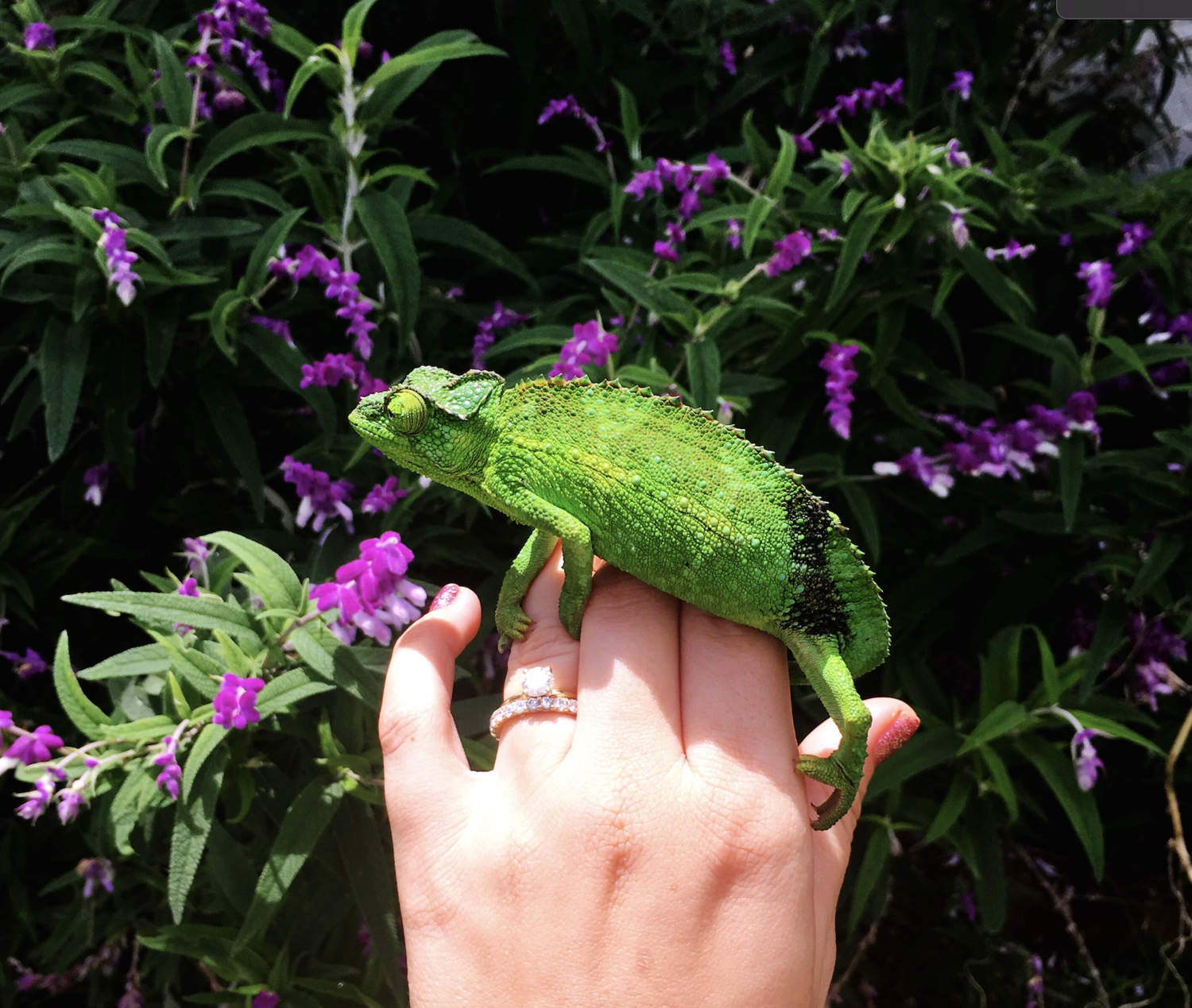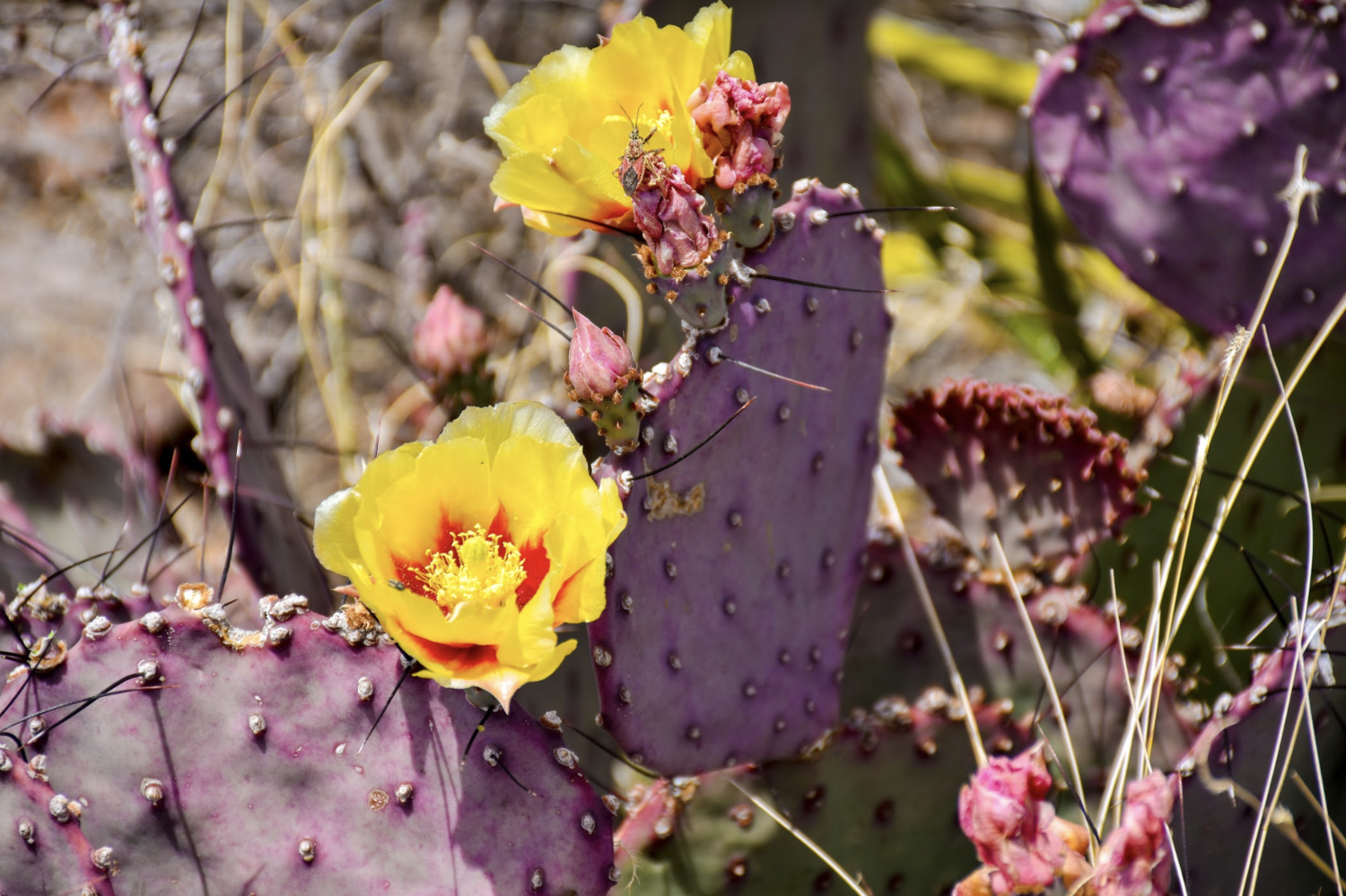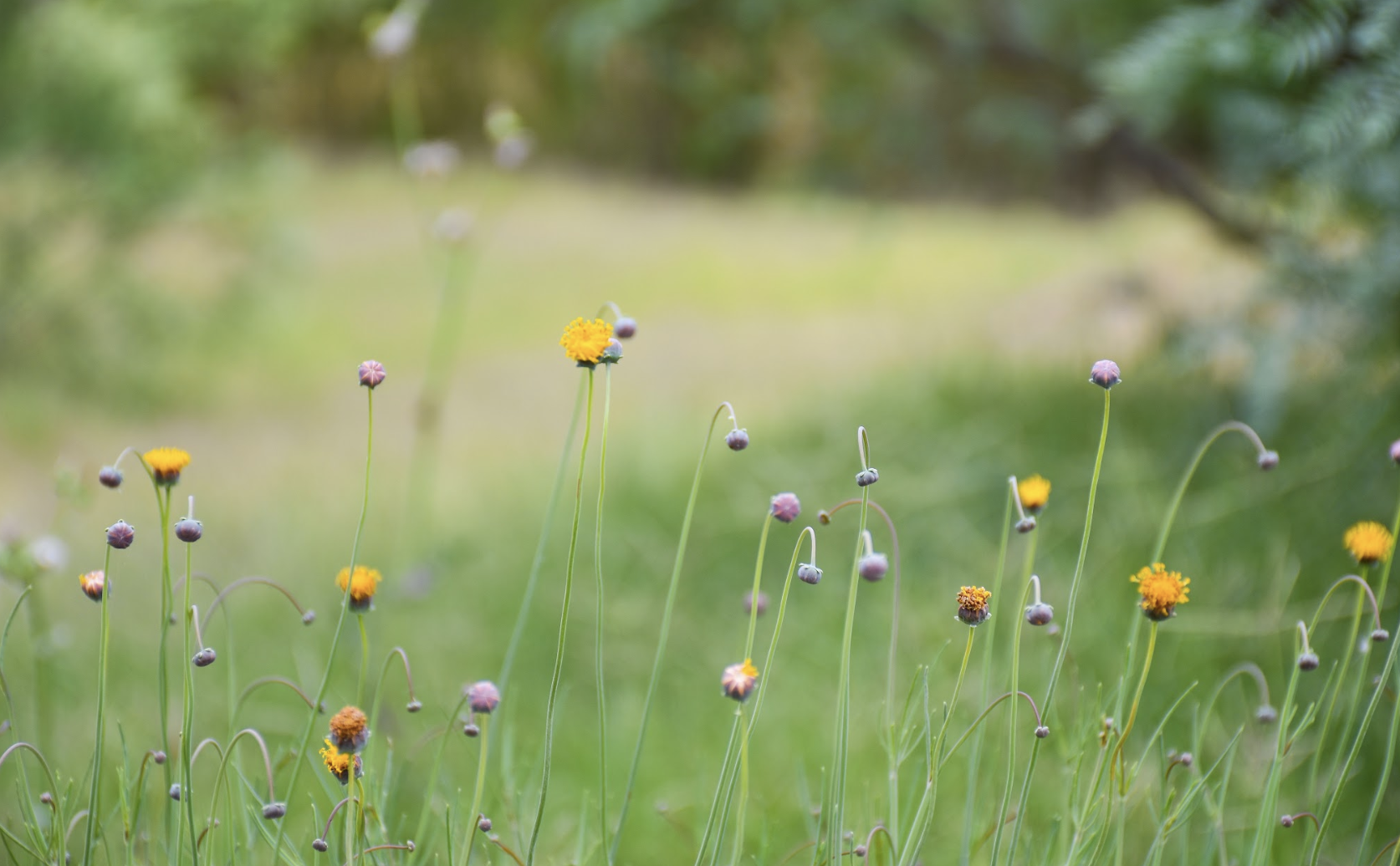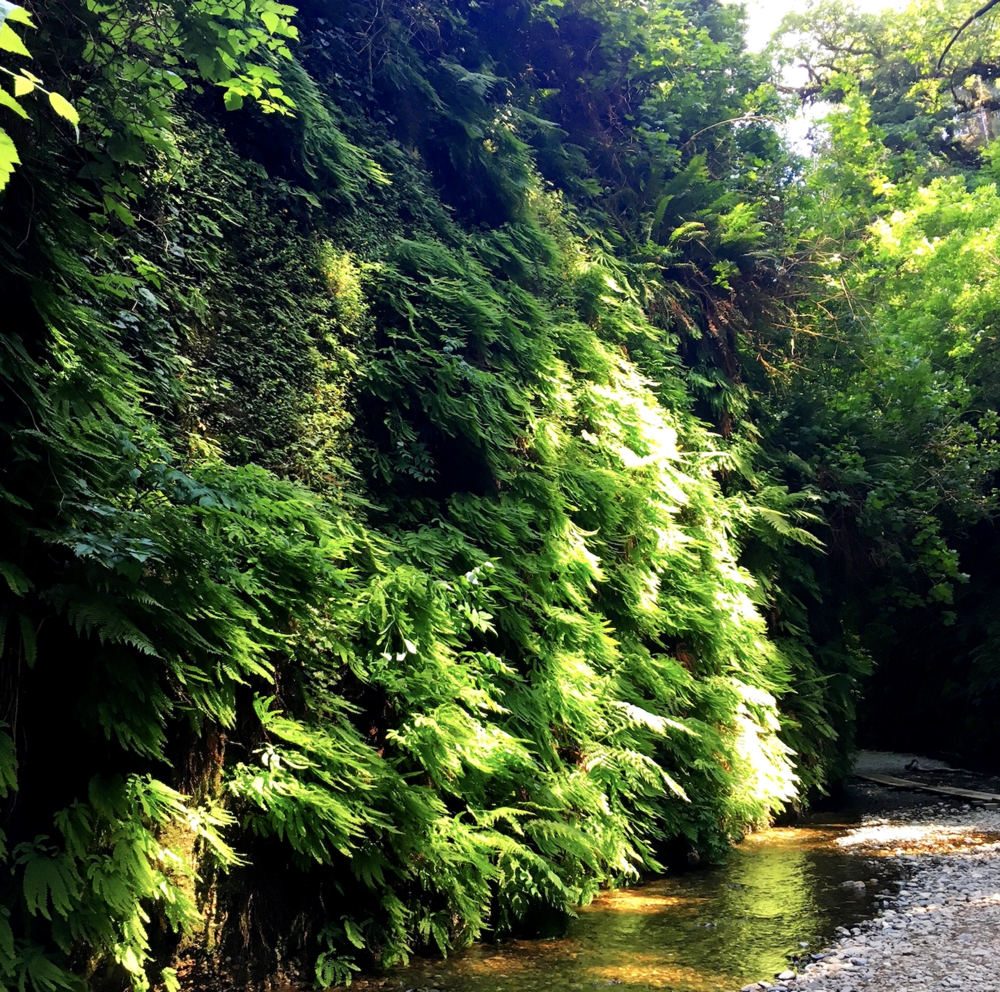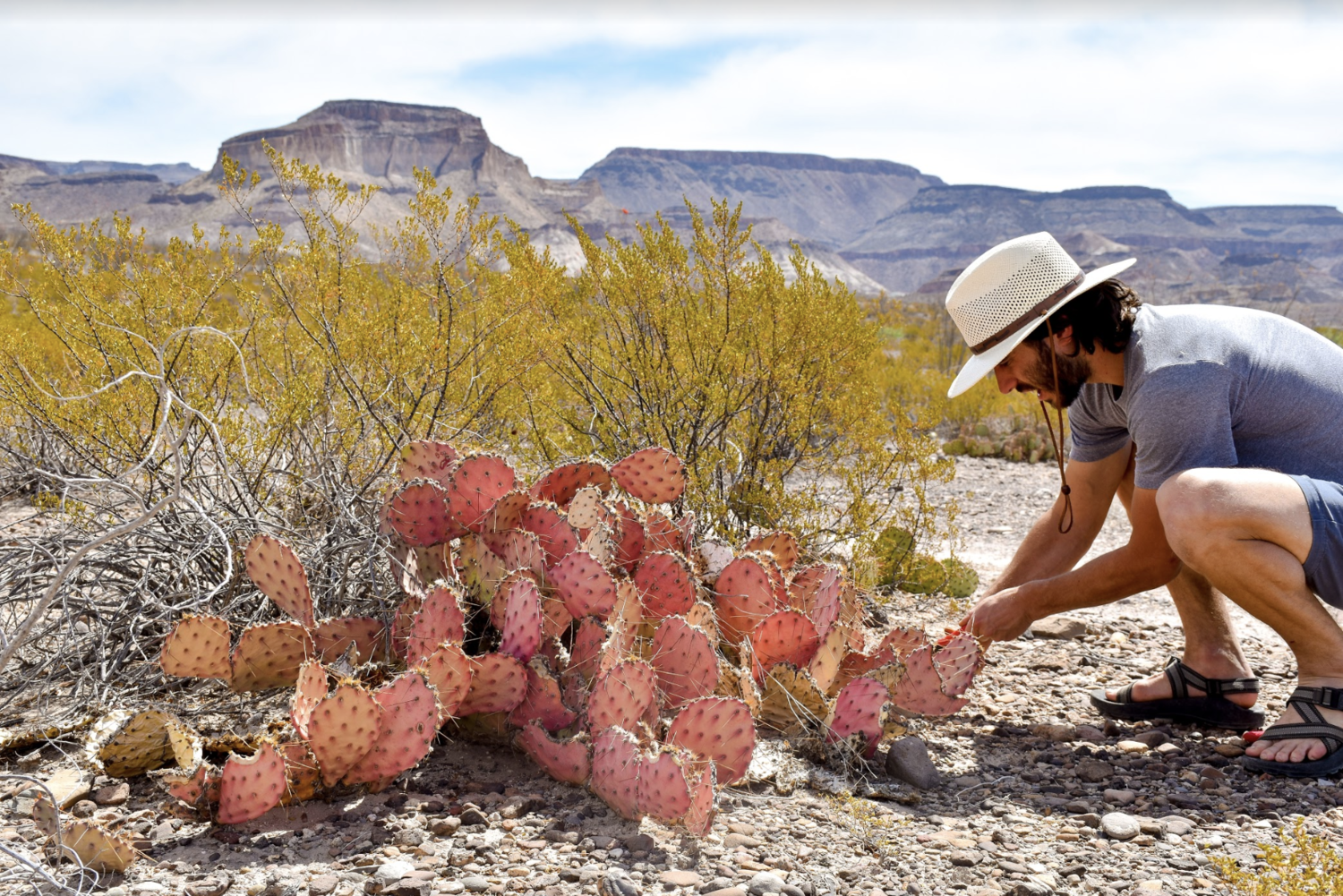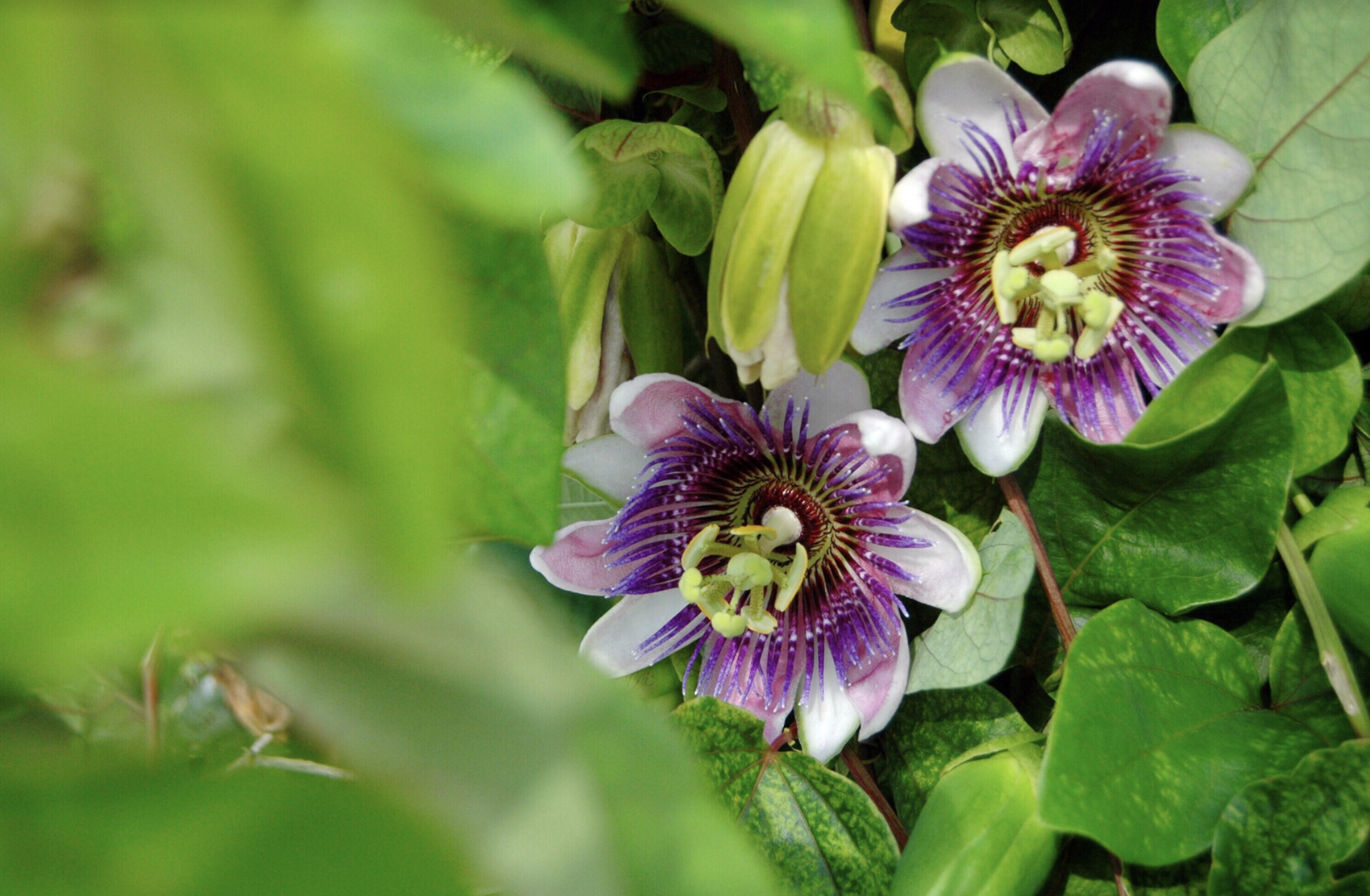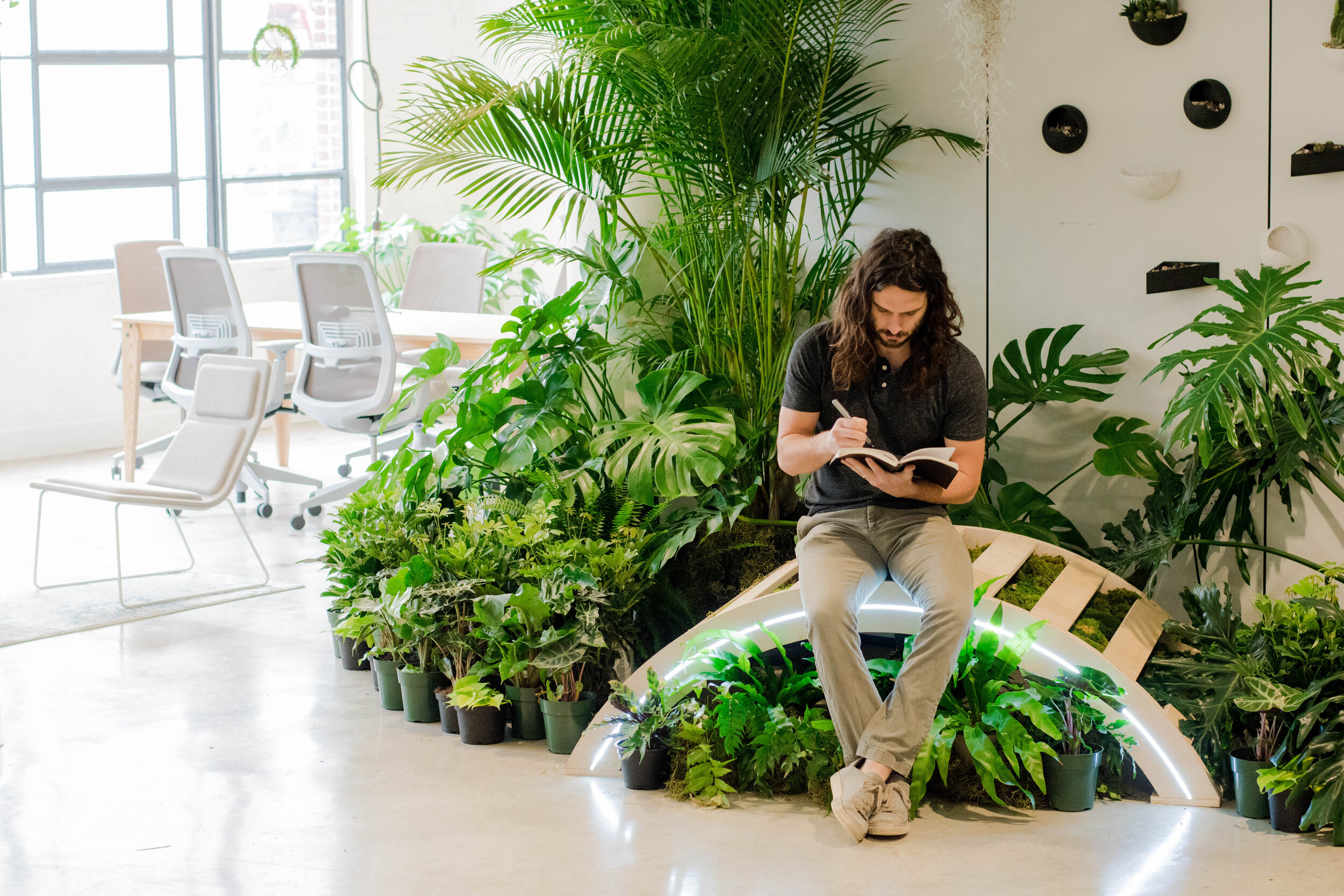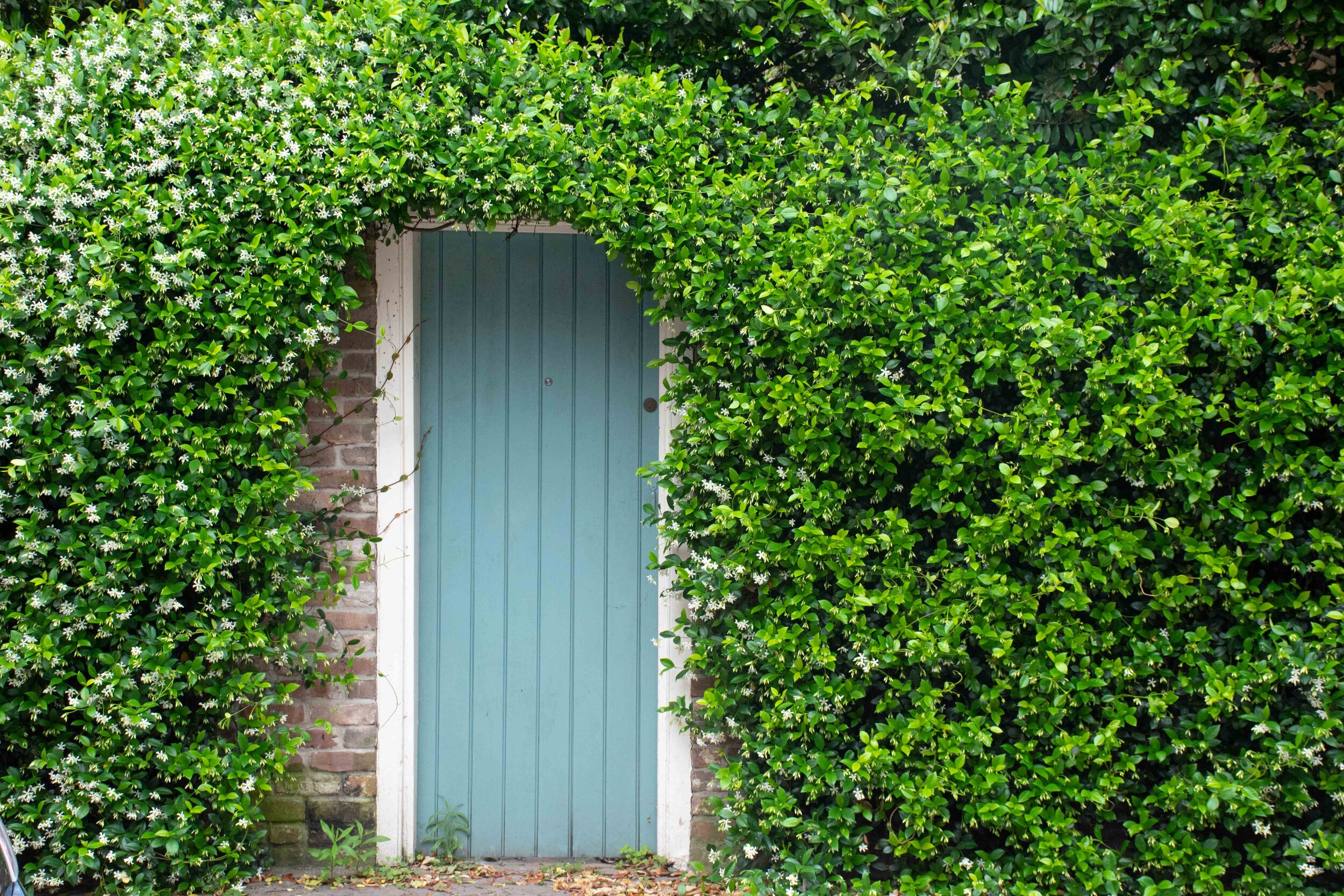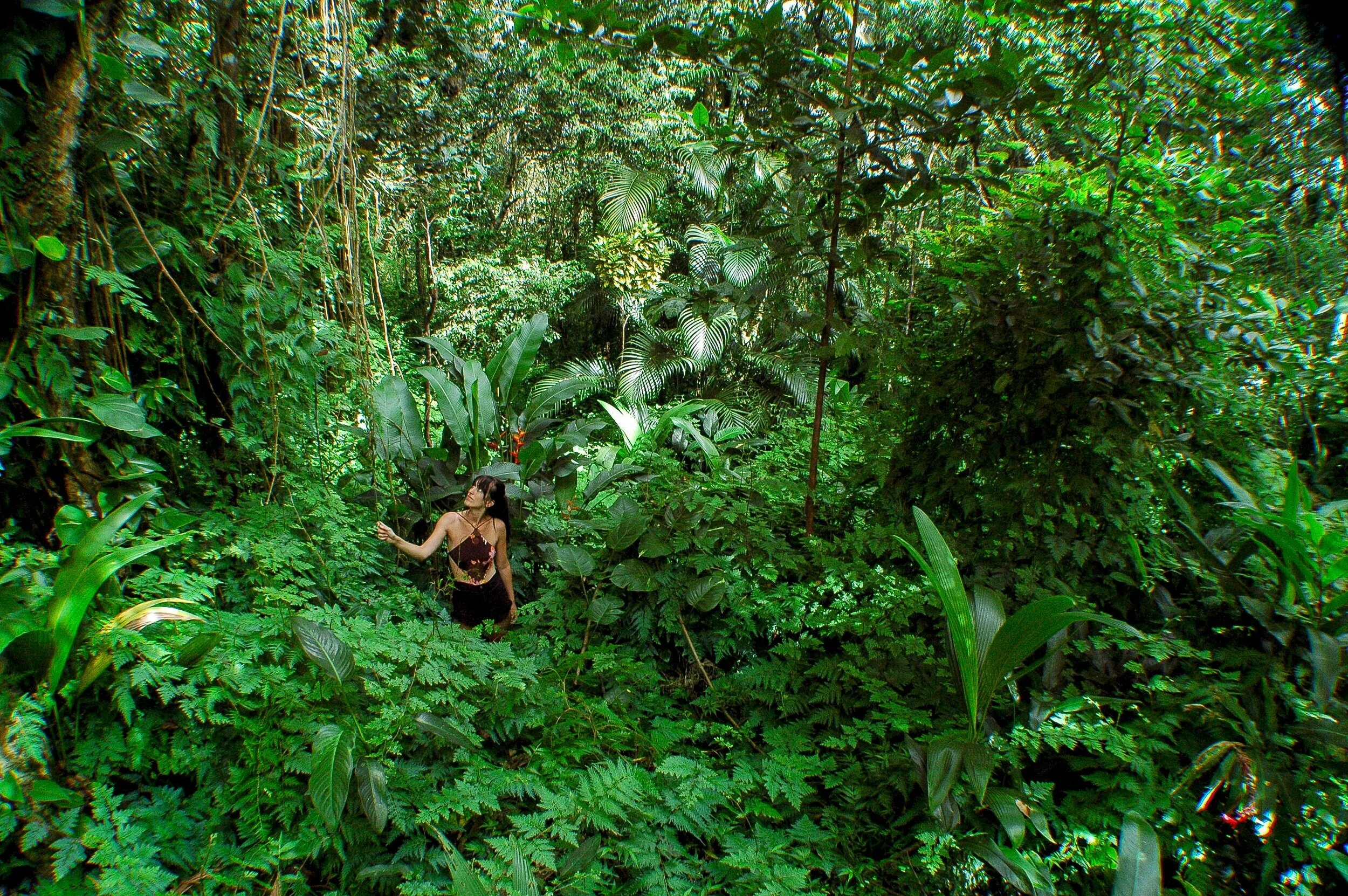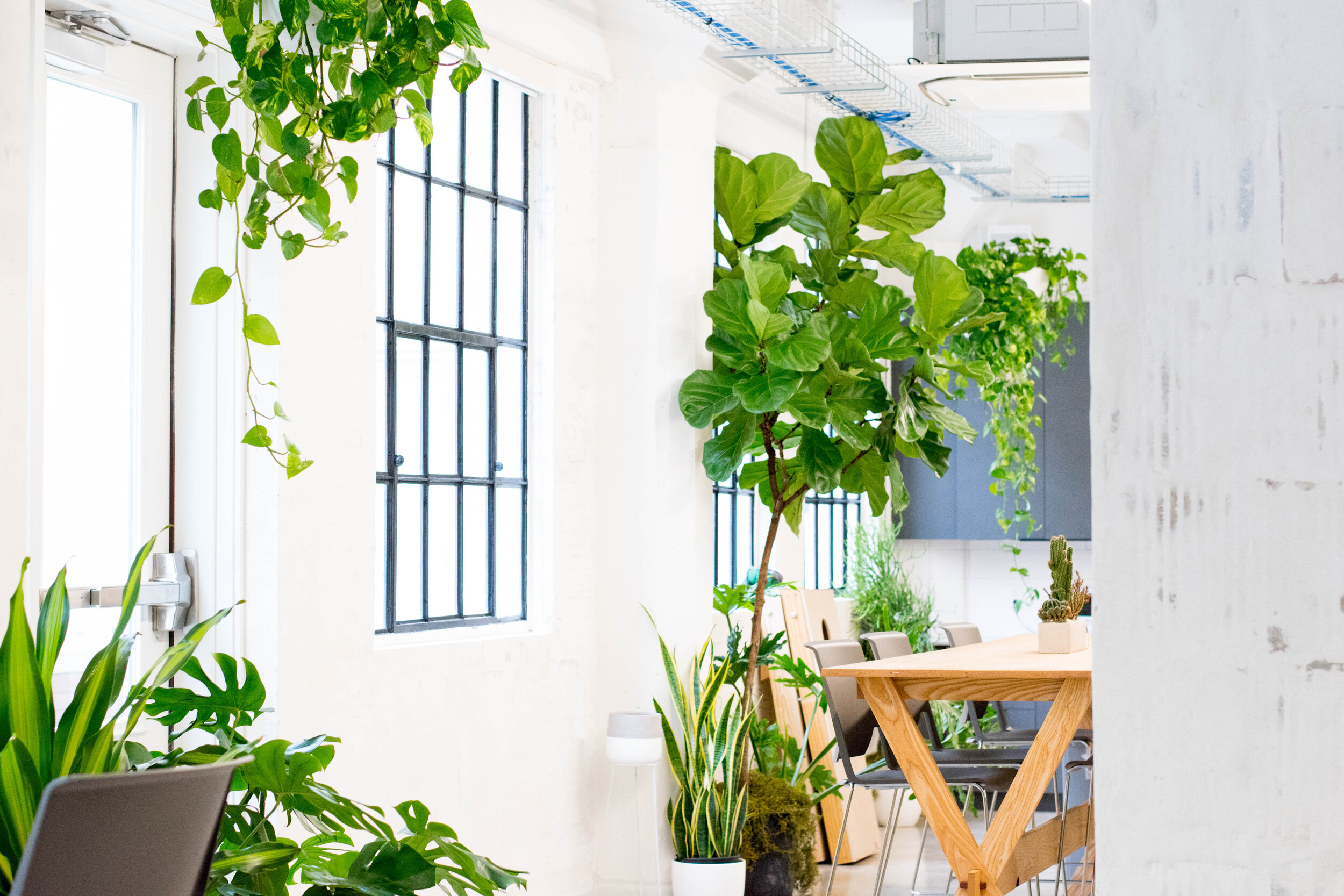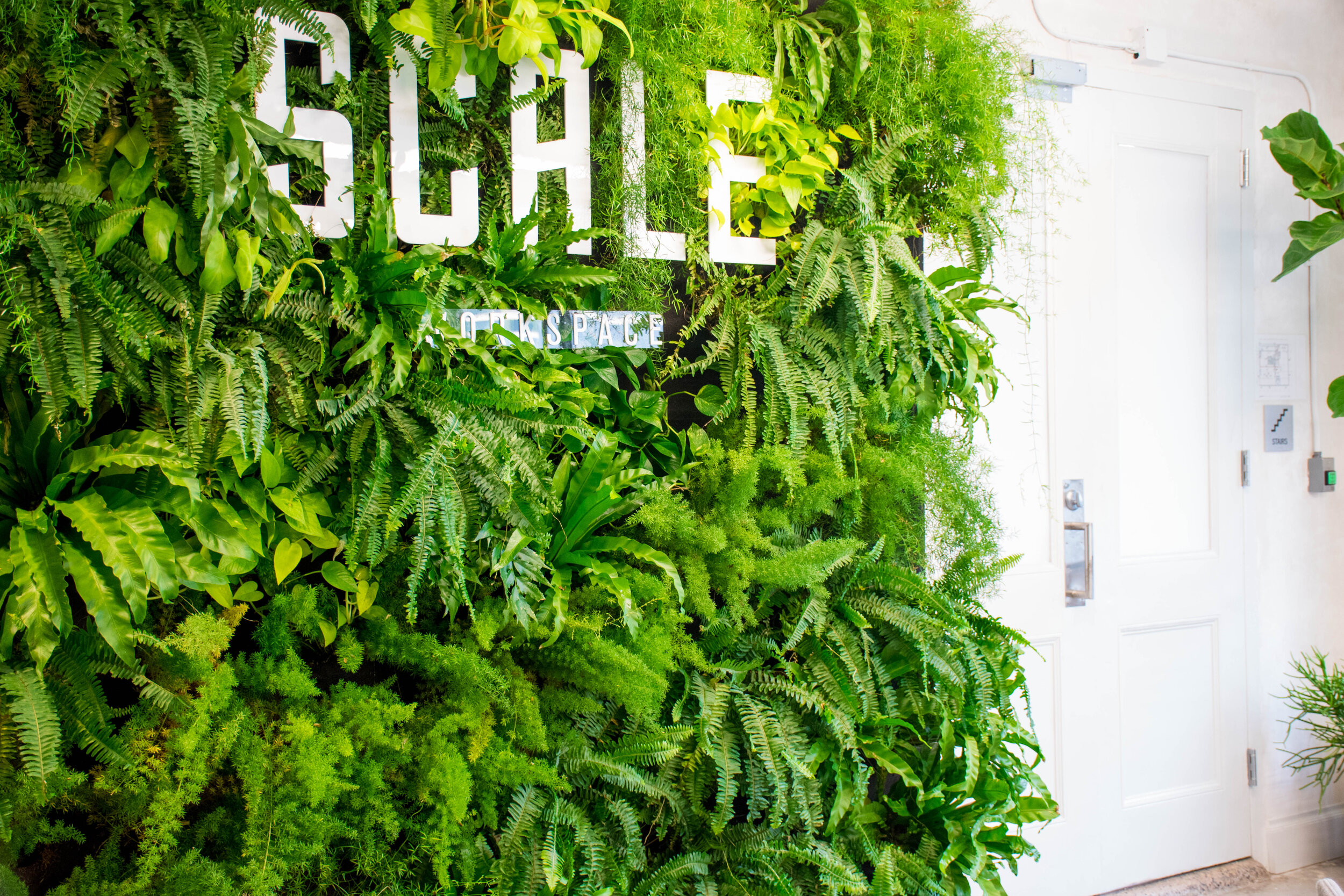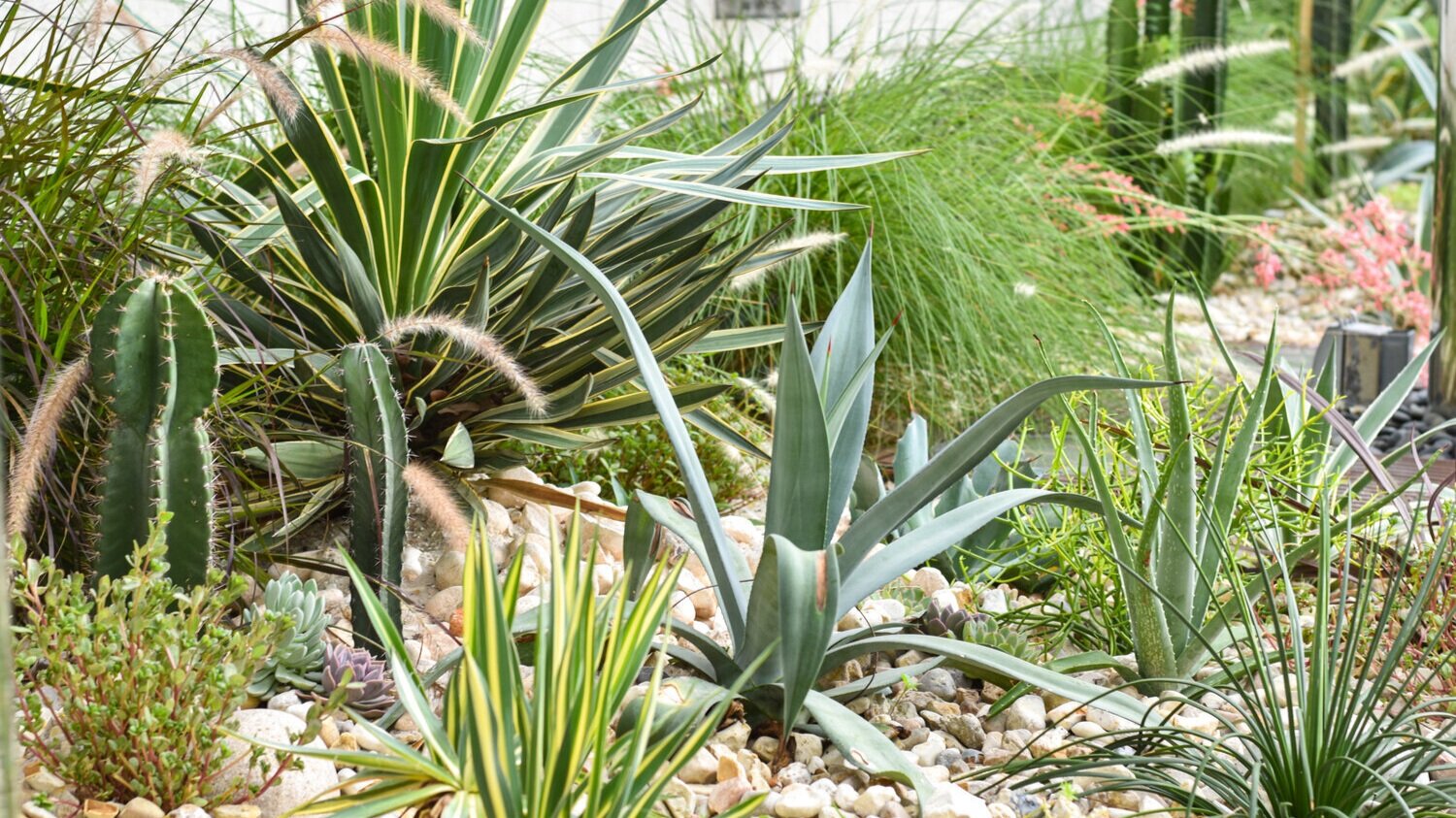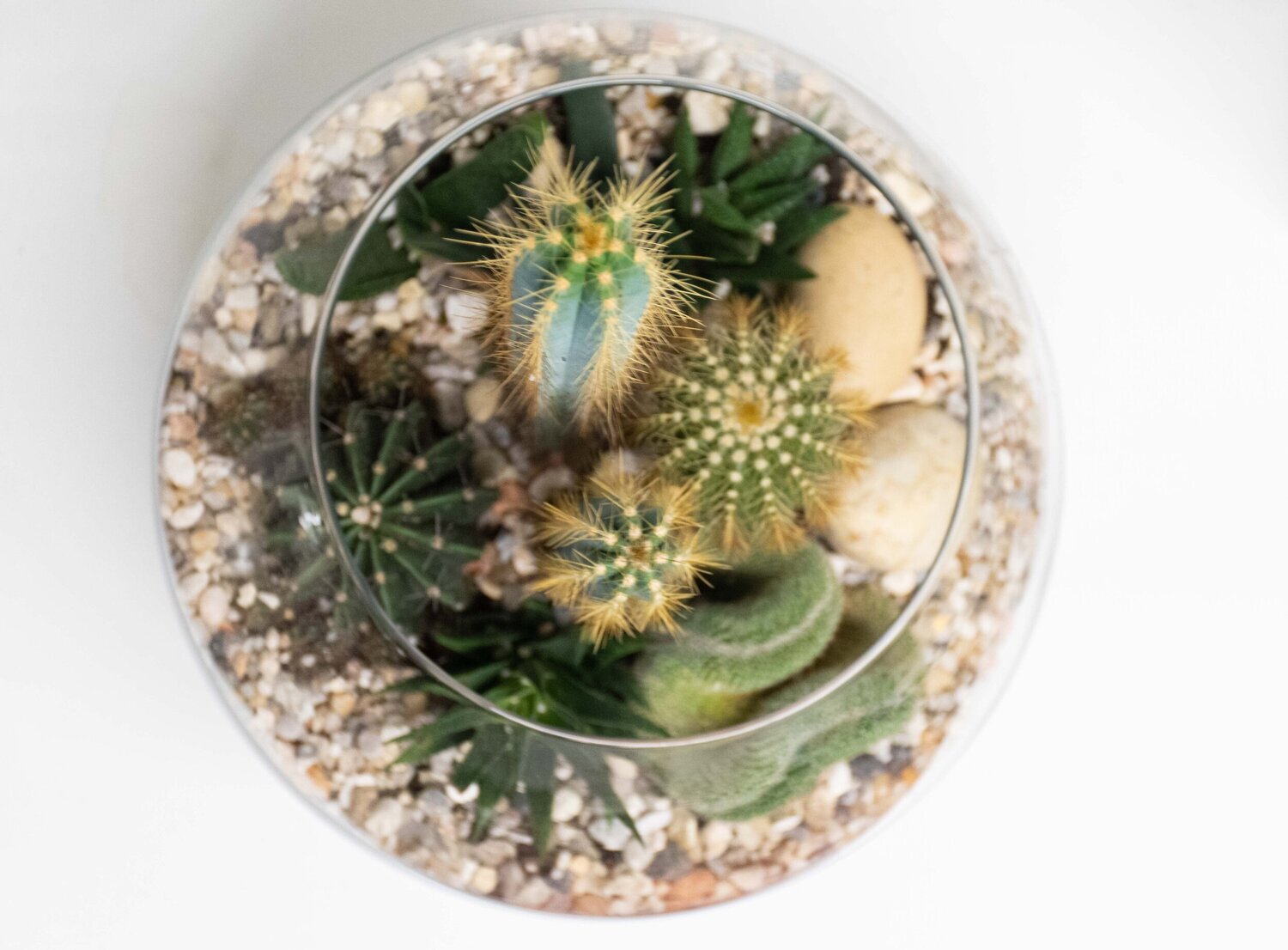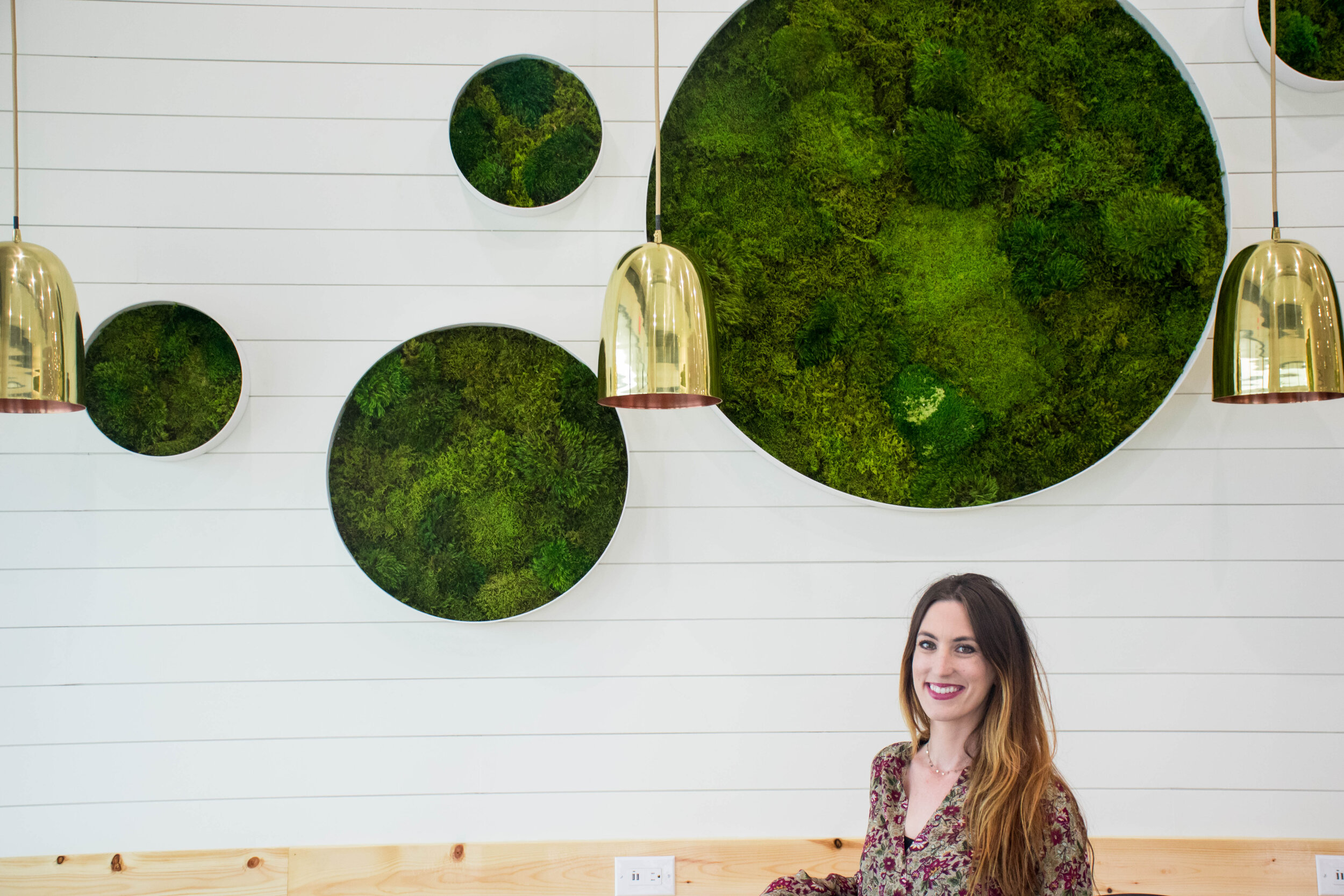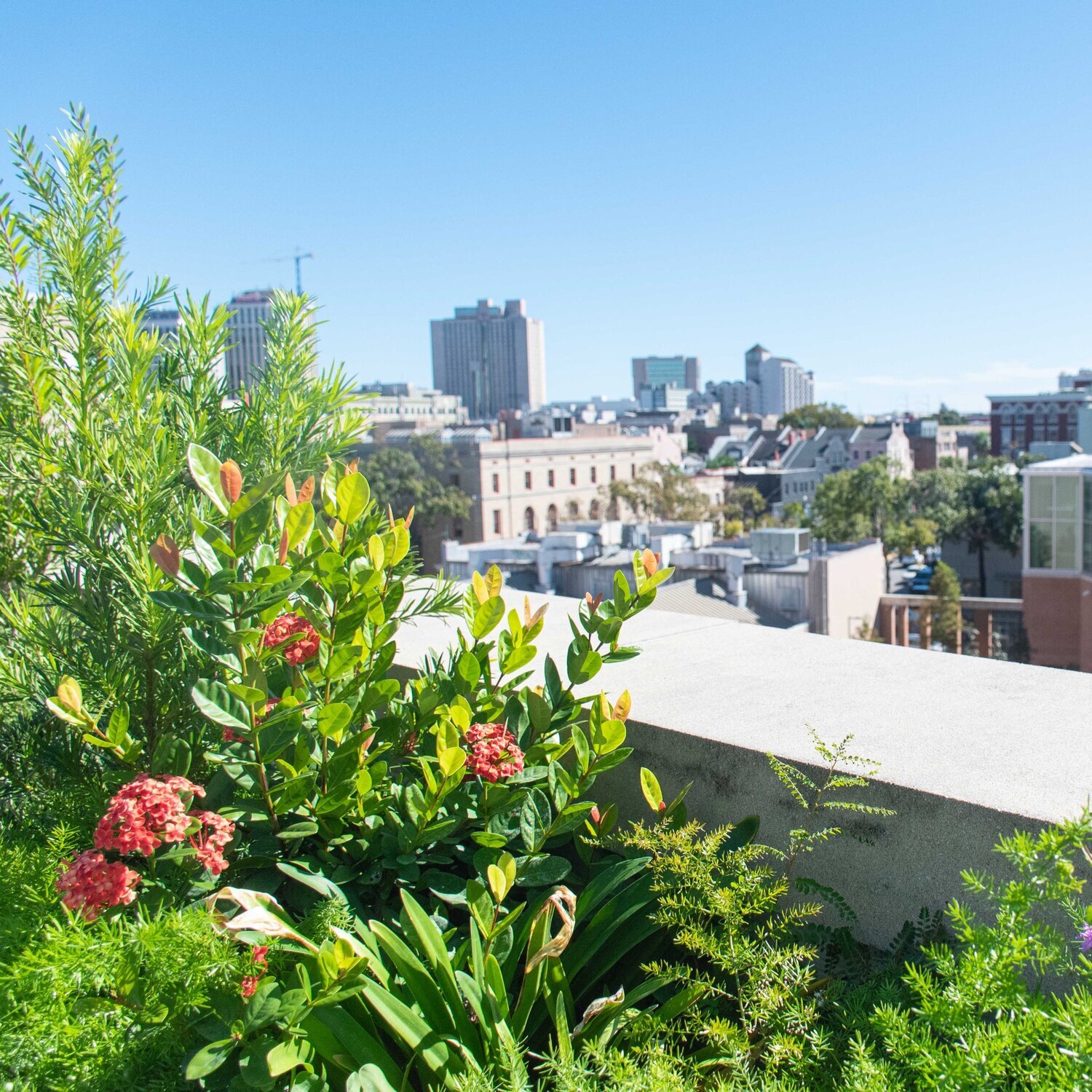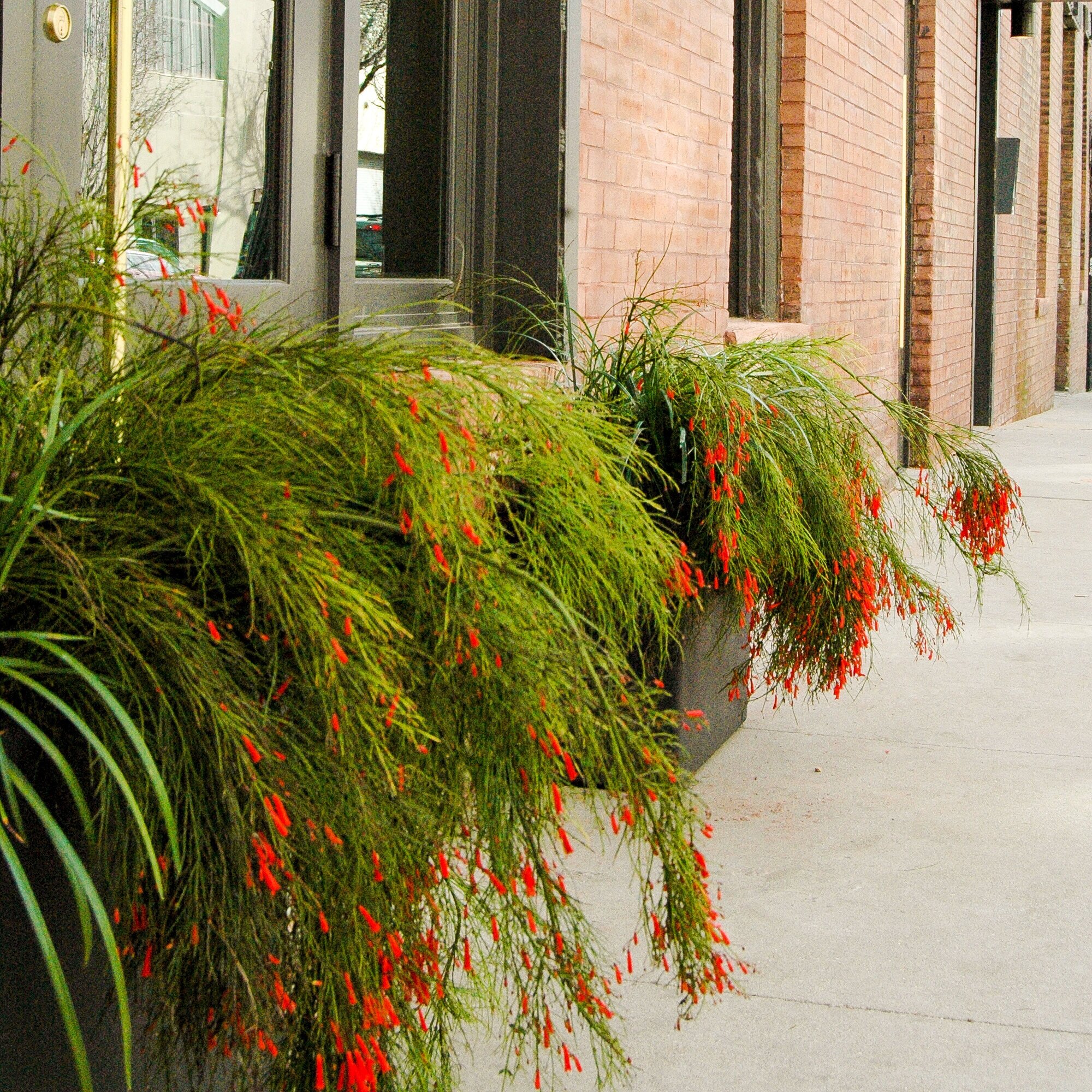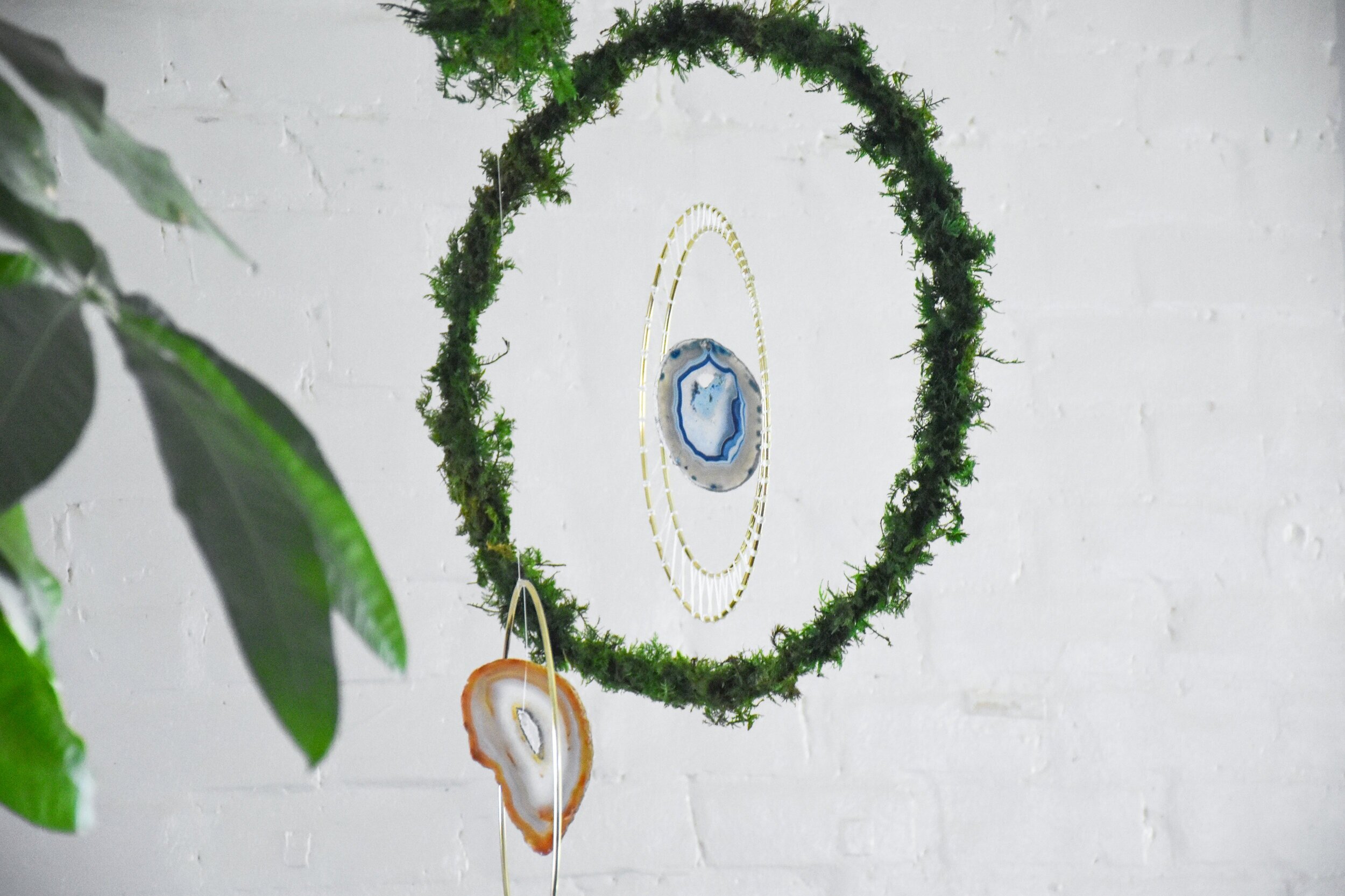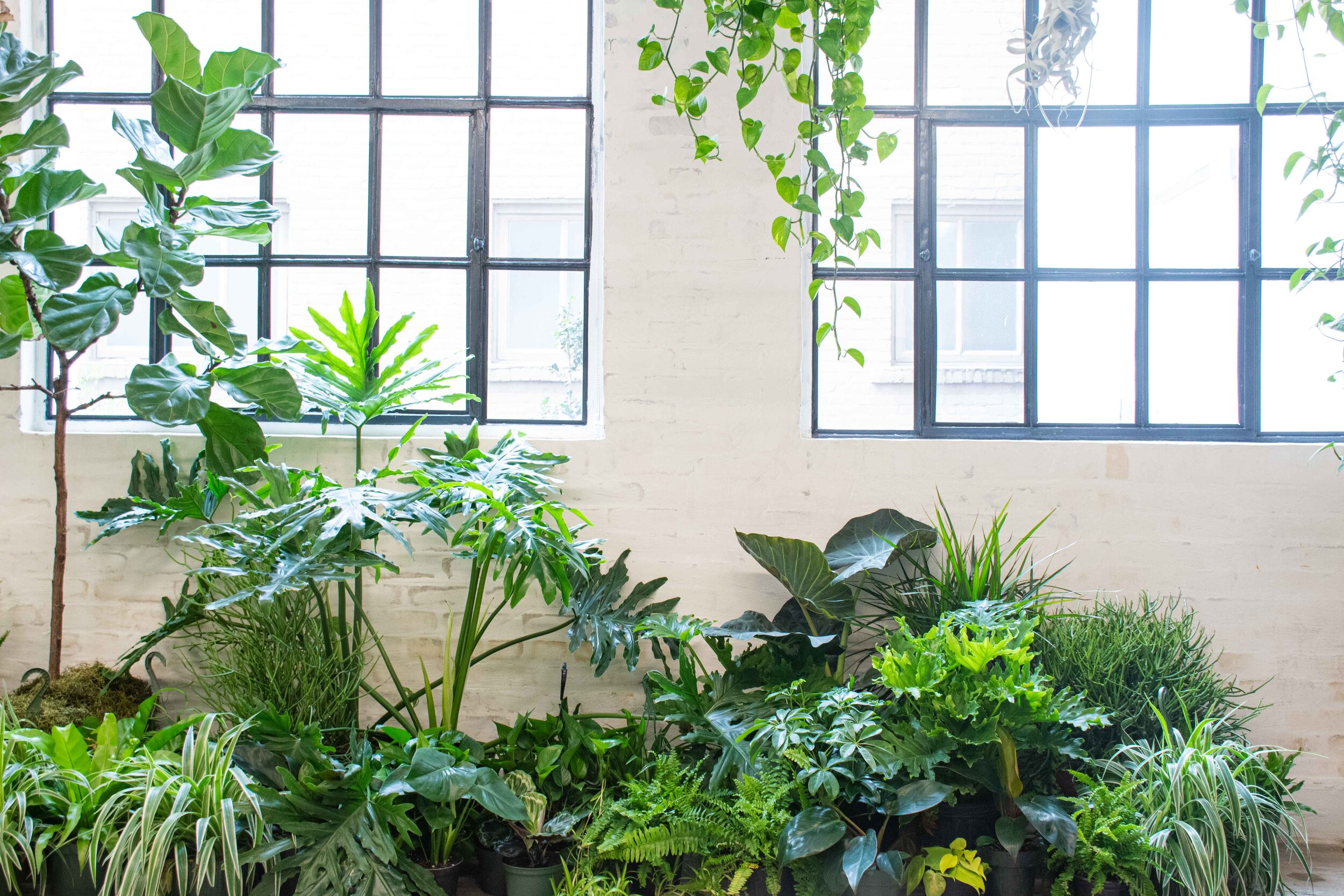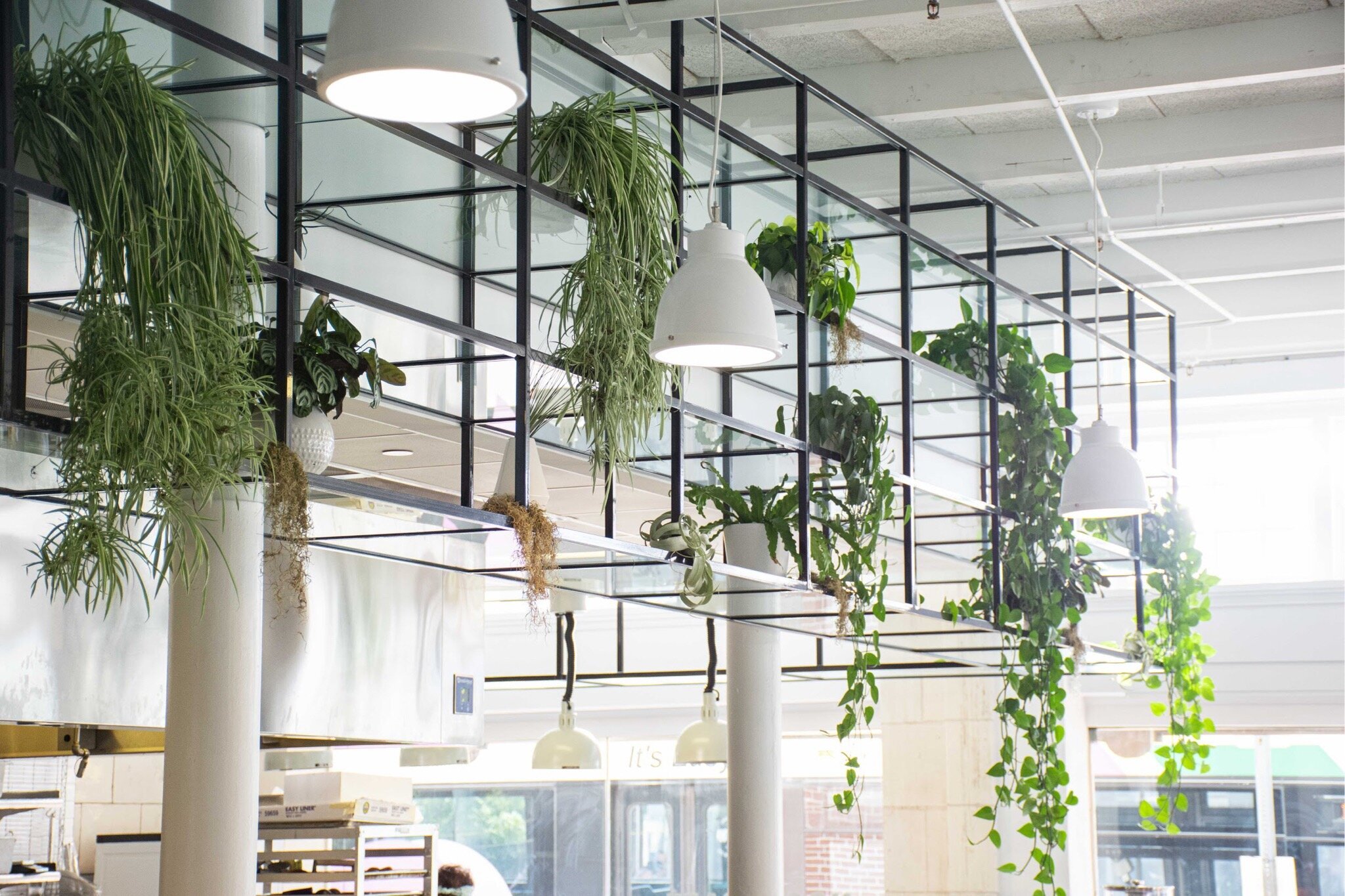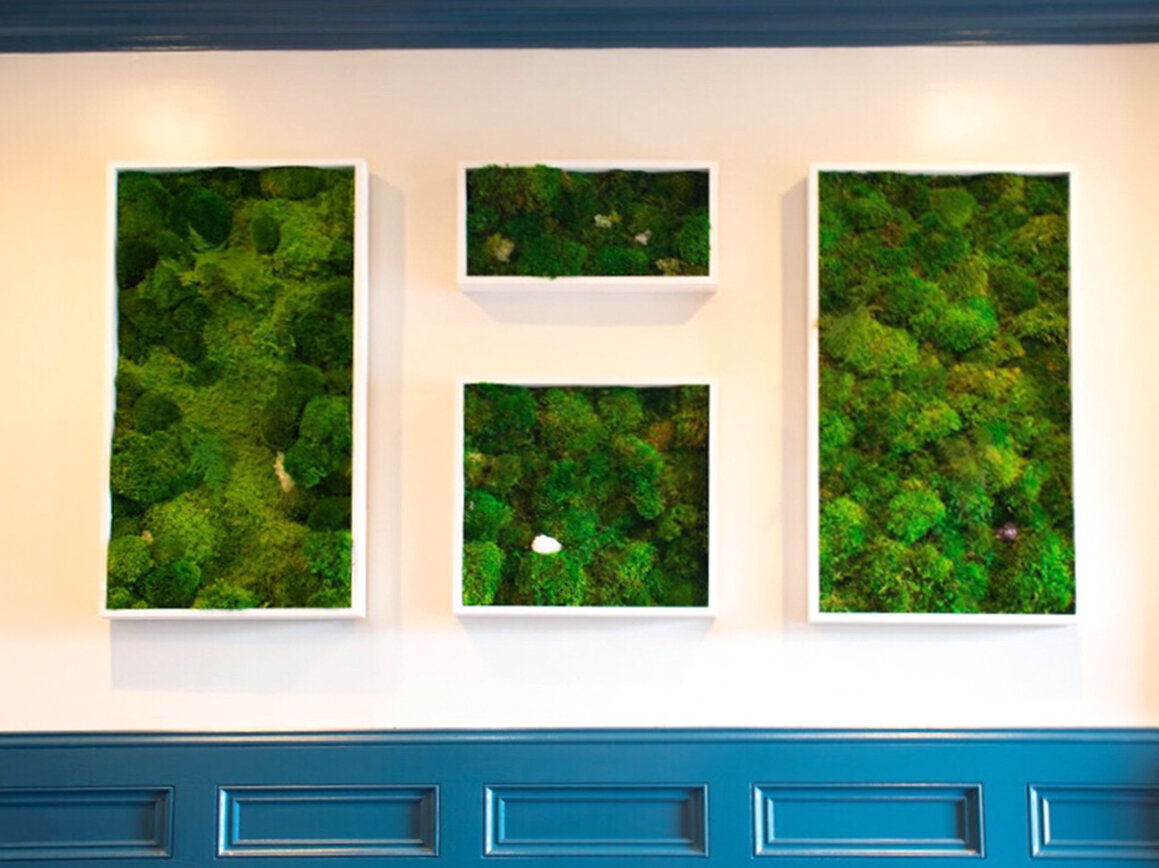Biophilia
The mystery, excitement and peace felt within nature is irreplaceable.
Remember the last time you walked through a forest? Filtered light streams through the canopy, ever-changing as the wind blows, creating a song and dance of shadows and light. You hear the sound of water flowing nearby, and feel a sense of refreshment. The intoxicating smell of blooming flowers fills the air, attracting bees and butterflies to pollinate our earth. The ground below your feet is just as alive as the Earth above. Ants form a strategic line in an organized pattern, hundreds marching to the same place with shared intention, an element of history that repeats itself, day after day.
You calmly observe all the life around you, both macro and micro. The natural world presents a feast to awaken your senses. As you let your natural curiosity take over, observing the intricacies of life on Earth, a deeper sense of connection, wonder, serenity and joy wash over you.
This is Biophilia.
History of Biophilia
Our need for connection with nature is deeply rooted within our DNA, and intrinsically shared by all humankind. The theory of Biophilia, bio meaning life and philia meaning love, is supported by a growing body of scientific research, which states:
Interacting with elements of the natural world awakens something within humans that is essential to our mental health, performance, and well being.
The term Biophilia was first coined in the 1930s by social psychologist Eric E. Fromm. He recognized that plants, air, water, and animals all play an essential role in not only our survival, but also in our emotional well being. E.O. Wilson further expanded on this theory in his book Biophilia, “We should be compelled to love nature to the degree that when we come to understand other organisms, we will place a greater value on them and ourselves.”
For nearly 99% of human history, we’ve adapted and evolved in response to the natural environment around us, not to artificial or man-made environments. Today, humans spend more time indoors than ever before, often in spaces that cut them off from the natural world completely. In the US, we typically spend 90% of our time indoors. This may seem normal to us, but relative to human history, we’ve only lived this way for a very short period of time. As technology and indoor living become a greater part of our world, it is essential we create environments that are healthy for both humans and nature.
“Biophilia is defined as human’s innate love of life and the natural world; it is the wish to further growth, whether in a person, a plant, an idea, or a social group.”
- Erich E. Fromm
Living Biophilia
A personal perspective, shared by the Lunas
Connecting with nature is an important part of making my life feel whole and enriched. When I can take a moment within my day to appreciate the beauty around me, it gives me a sense of peace.
I fill my home with plants, crystals, natural wood, stained glass and natural light to accent the beauty of nature in my daily rituals as much as I can. I treat caring for my indoor plants as a moment of meditation and reflection. Growing gardens on my porch and in my yard allow me to create a slice of paradise that harmonizes with the weather around me. When I see growth in my gardens, I am filled with a sense of pride. When I eat the food that I have grown, I feel whole. When I see a new bloom I’ve worked a year for, I feel magical in a way.
I fill my office with plant life that gives me something to focus on when I need a break from all the screens. When I can, I bike to work and take in the sights, colors and sounds of New Orleans, a particularly lush city that bursts with life and inspiration. A bike through the French Quarter is enough to ignite the senses in many ways. When I have a free sunrise or sunset, I take my kayak out so that I can observe what birds are flying and fish are jumping around Bayou St. John.
When I travel, I pay close attention to the plants and natural elements that make up a habitat. Mountains, caves, forests, rivers, blooms, oceans, insects, rain all intersect to make a place what it is. I try to absorb the feeling of that unique beauty in each place I go. Seeking these types of adventures doesn’t always mean luxury …..but sometimes a tent gives the best view of the stars, and in my case a VW gives a sense of freedom to really get out there.
Traveling is a vital part of our creative process at Luna Botanicals. We seek the most stellar nature we can find, study it, get lost in it, and reinterpret and integrate what we love of the wild into modern world. Habitat studies are the essence of our Biophilic Design process.
Biophilic Design
Incorporating the Natural Environment in the Modern World
The intent of biophilic design is to connect people to nature in meaningful ways. Nature has the power to inspire a sense of serenity, connection and growth; humans have the ability to design environments that reflect and support our innate love for nature.
By utilizing organic elements such as natural light, plant life, botanical artwork, water, geometric patterns and the patina of time, we can create spaces that empower our daily connection to nature. Rather than a checklist of elements to incorporate, the principles of biophilic design guide us to create unique environments that thrive throughout time, existing as a functioning ecosystem within the space.
The benefits of incorporating biophilic design apply to a wide range of disciplines, with fascinating effects. Effective biophilic experiences can improve cognitive function, reduce stress and enhance creativity.
Nature connectivity through design can increase health and wellbeing, as well as productivity across a number of disciplines. We believe businesses, schools, hospitals, homes and cities should be built for the well being of humans and nature alike.


